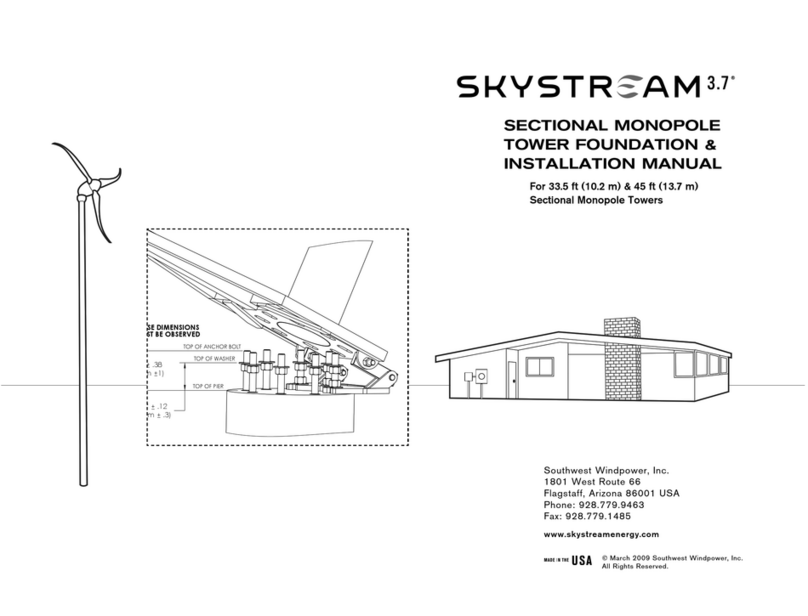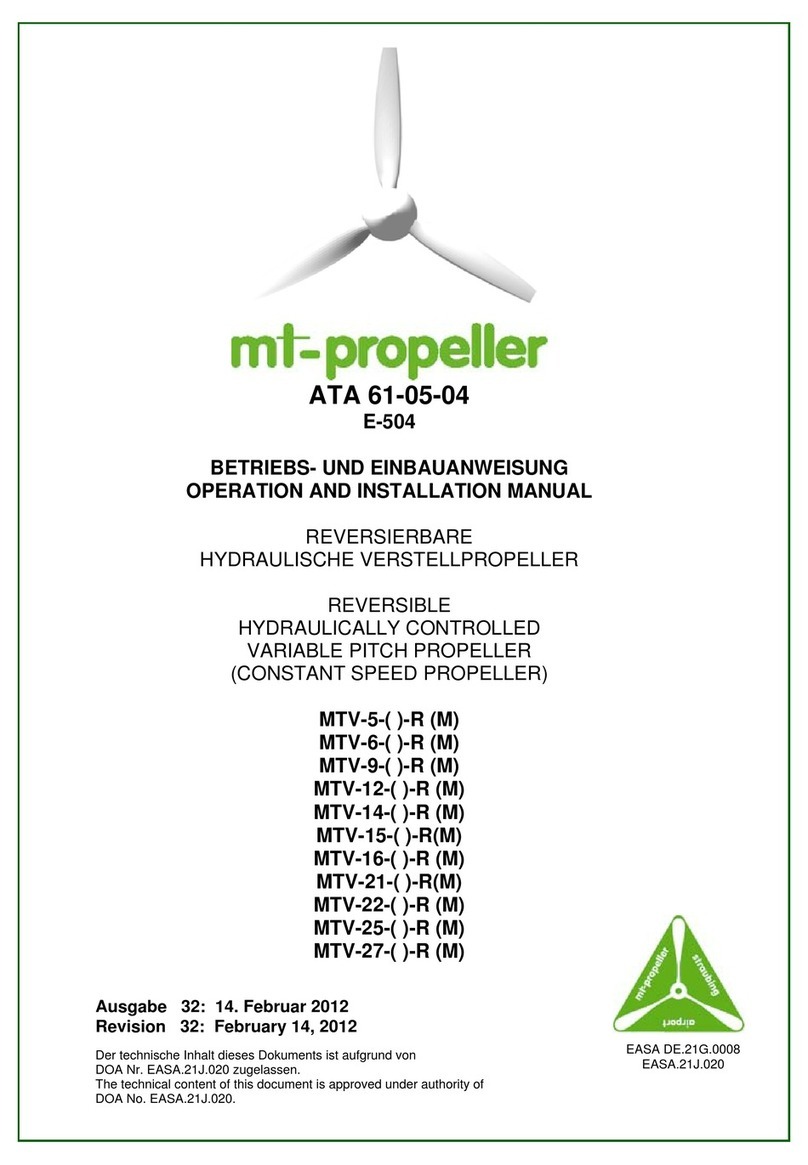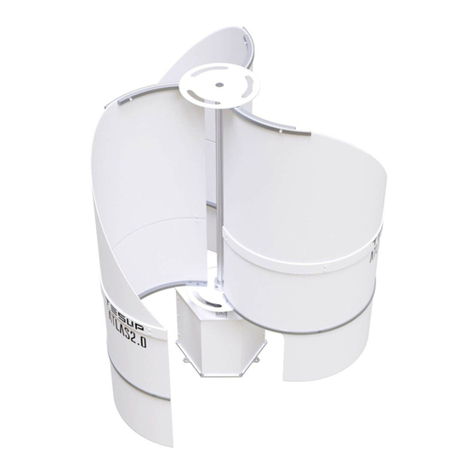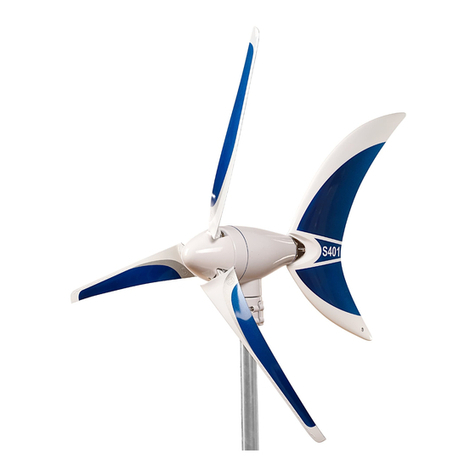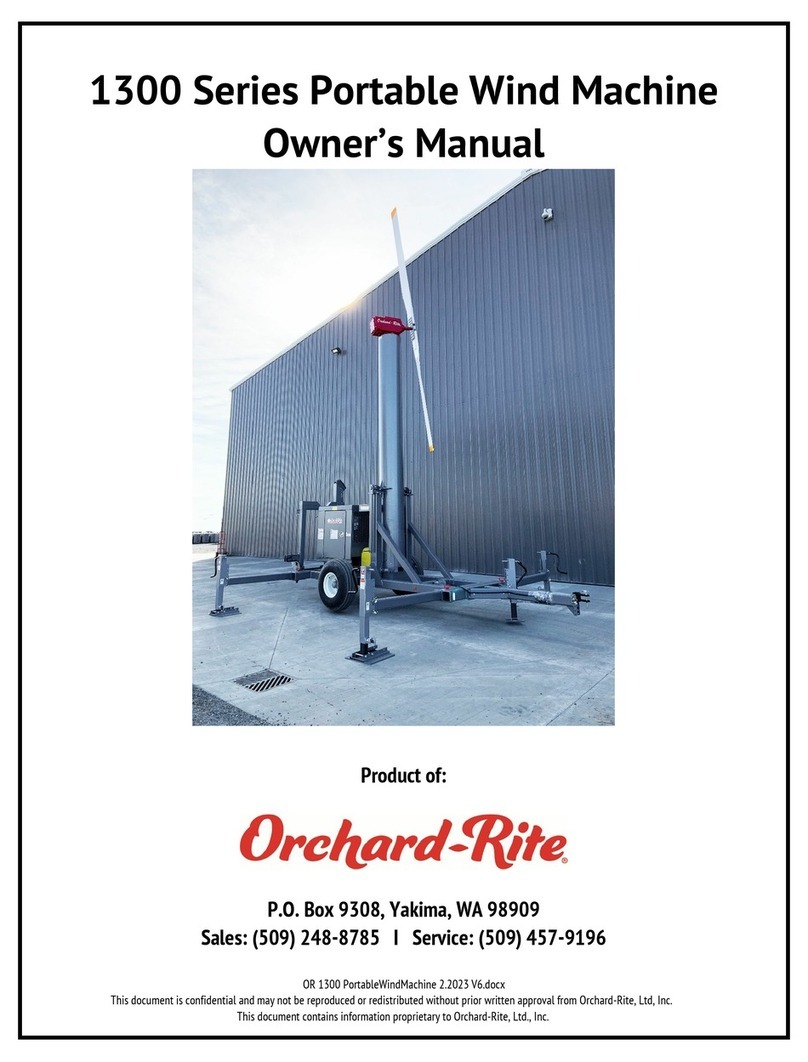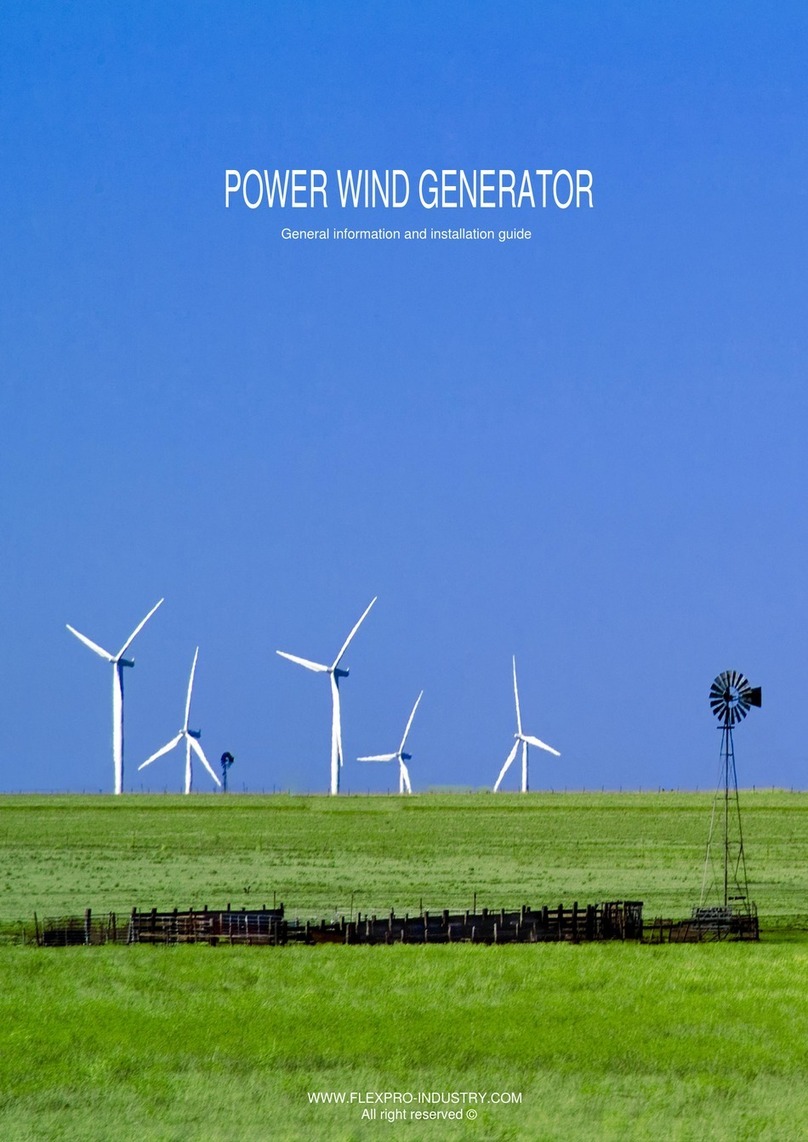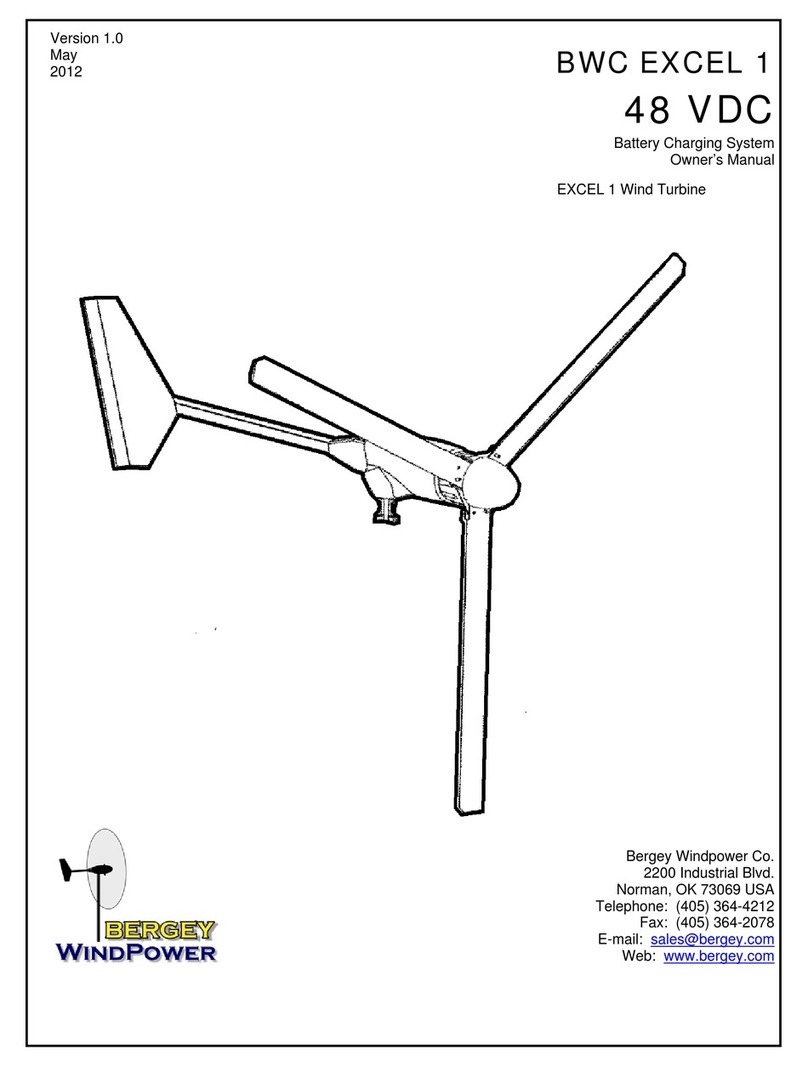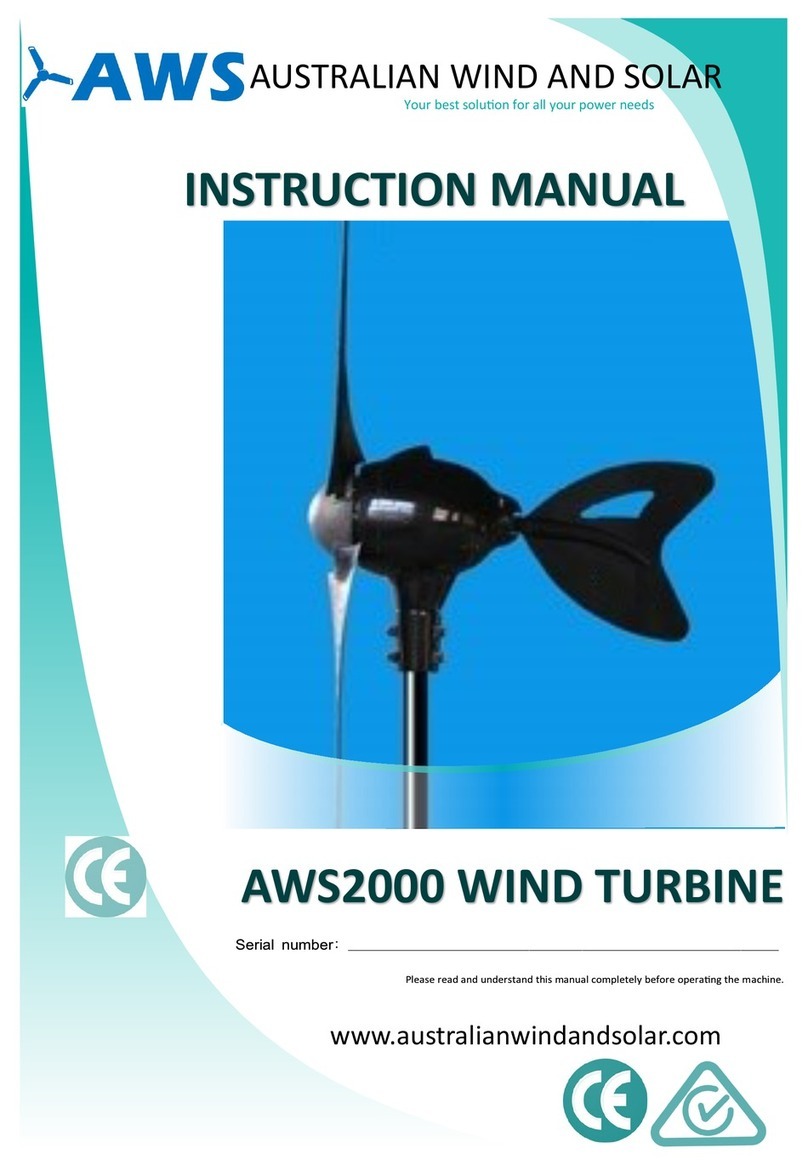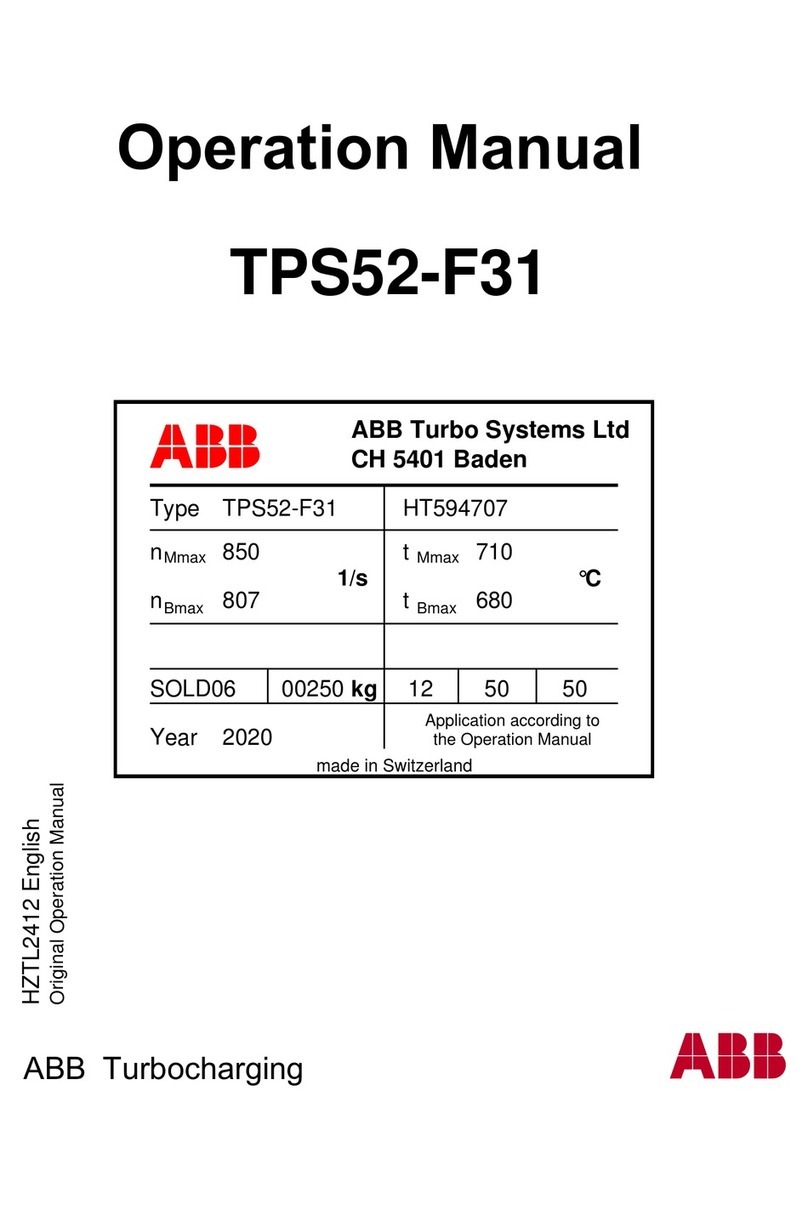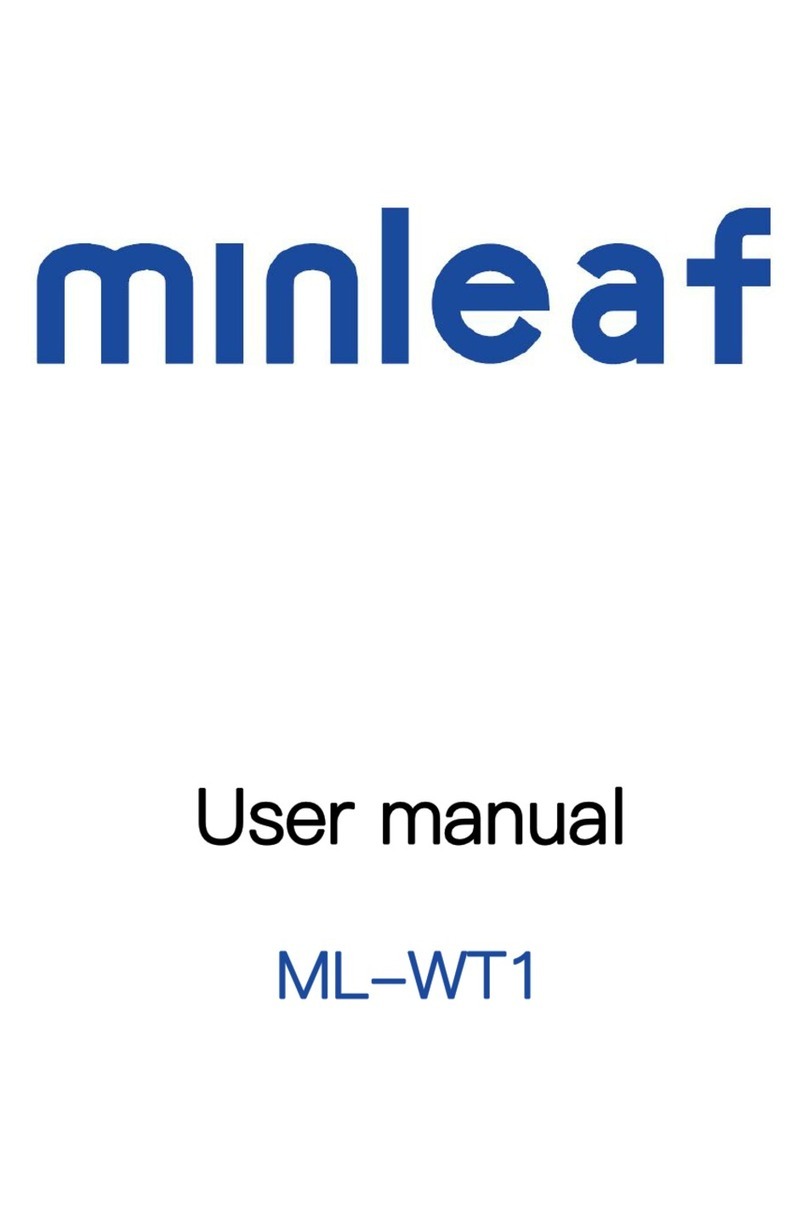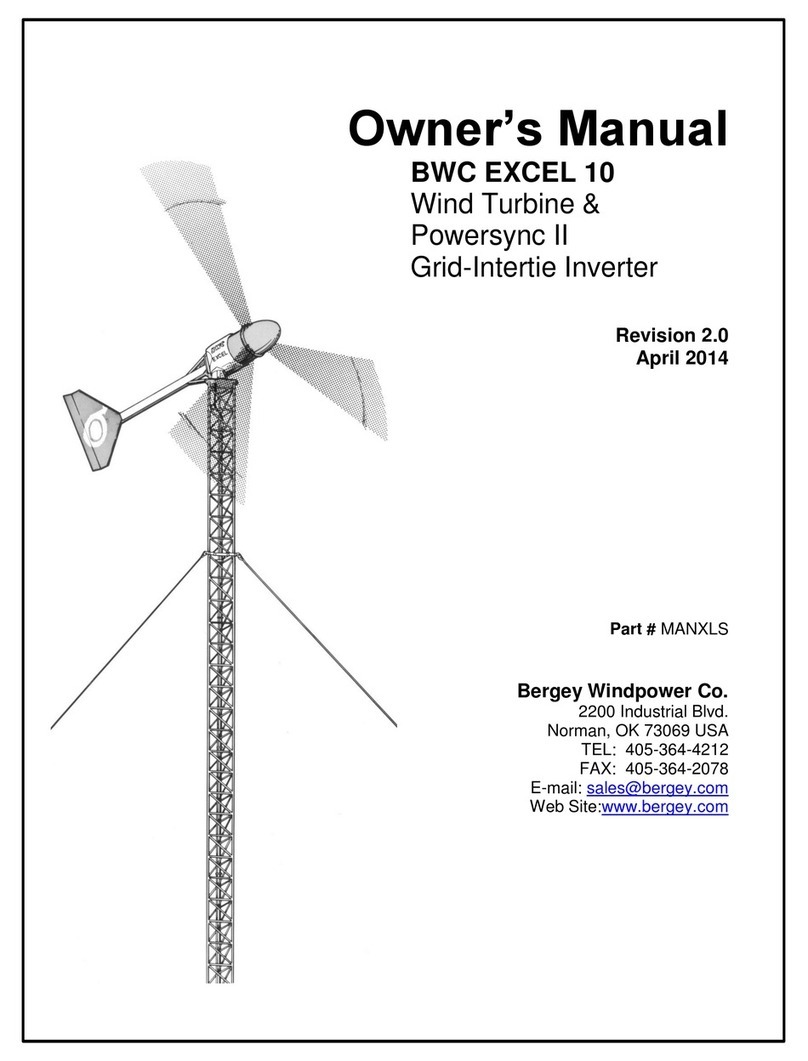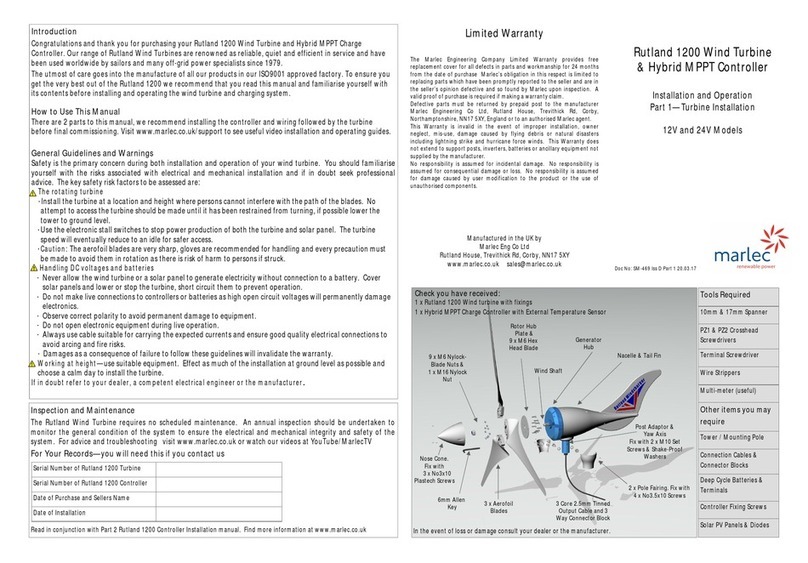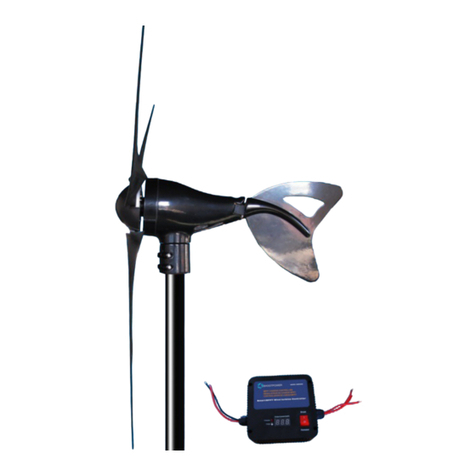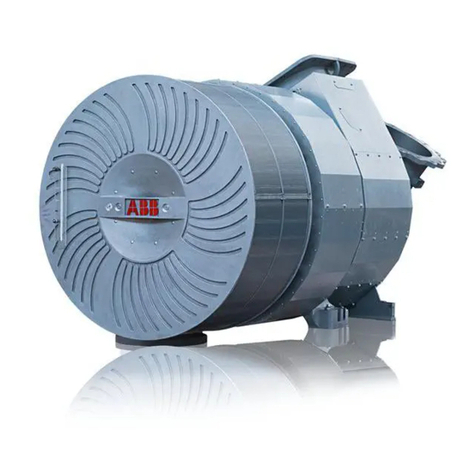4
1. Operation and use
It´s most efficient to use the regenerative electric sources of both wind and sun
combined to charge your batteries so that you can make use of daylight and wind for
24 hours. Our hybrid charge regulator is suitable for both sources. You can also
charge the batteries of an electric vehicle with this unit.
Further applications are:
Any application without grid connection, research units, traffic management systems,
emergency systems, street lamps, billboard illumination, projects in developing
countries, wireless LAN access points, holiday homes with inverters for independent
provision of electricity wherever there is no grid connection available or too
complicated to install.
The Silentwind generator is ultralight and aerodynamic so that it is possible to
connect various windgenerators in case your need for energy is high. As noise
emission is very low you can opereate the Silentwind generator in neighbourhoods
and on sailing yachts without annoying your neighbours.
Our charge regulater is suitable both for 12 and 24 volt usage and can be connected
to the Silentwind generator and solar panel.
Another advantage of the Silentwind generator ist hat it does not have any inbuilt
electronics which means that there is hardly any maintenance work on the mounted
windgenerator. The electric power is led down to the charge regulator by three
cables. The hand laminated carbon fiber blades were successfully tested in a wind
tunnel up to wind speeds of 35m/s 63 knots according to DIN EN 61400-2. Therefor
you need not worry about the Silentwind generator in any storm conditions. For
maintenance work there is an additional manual stop switch.
2. Safety instructions
Due to the high RPM and the electric energy that windgenerators generate their use
may be dangerous. Therefore carefully read the following safety instructions.
2.1. Mechanical risks
For various reasons the turning rotor system must be handled with caution. You
cannot see the end of the blades in high wind speeds so that you do not recognise
the inherent danger. Due to their aerodynamic shape the blades have very sharp
edges that may hurt you in high wind conditions. Never ever try to touch the
turning rotor system ! Never ever try to stop the turning rotor system manually.
Make sure that you install the windgenerator in a position that nobody can touch the
blades. Especially on boats ensure a sufficient height above deck.
The blades are produced from carbon fibre which is extremely solid even in high wind
speeds. Therefore keep away from the turning blades in any case. However they can
break because of ropes or other parts touching the blades in very strong winds. If
one of the blades is damaged, activate the brake function manually with the stop
switch of the charge regulator. If one of the blades is damaged, the rotor system will
be out of balance which may be a risk for the whole mounting construction. This has
to be considered before mounting the windgenerator in a safe position.
